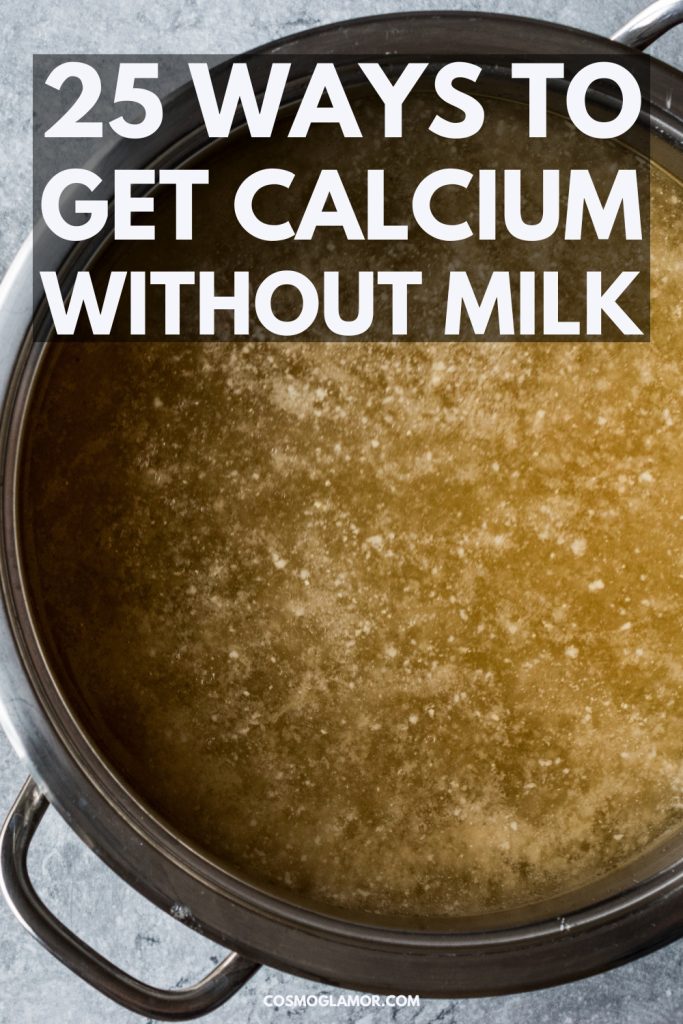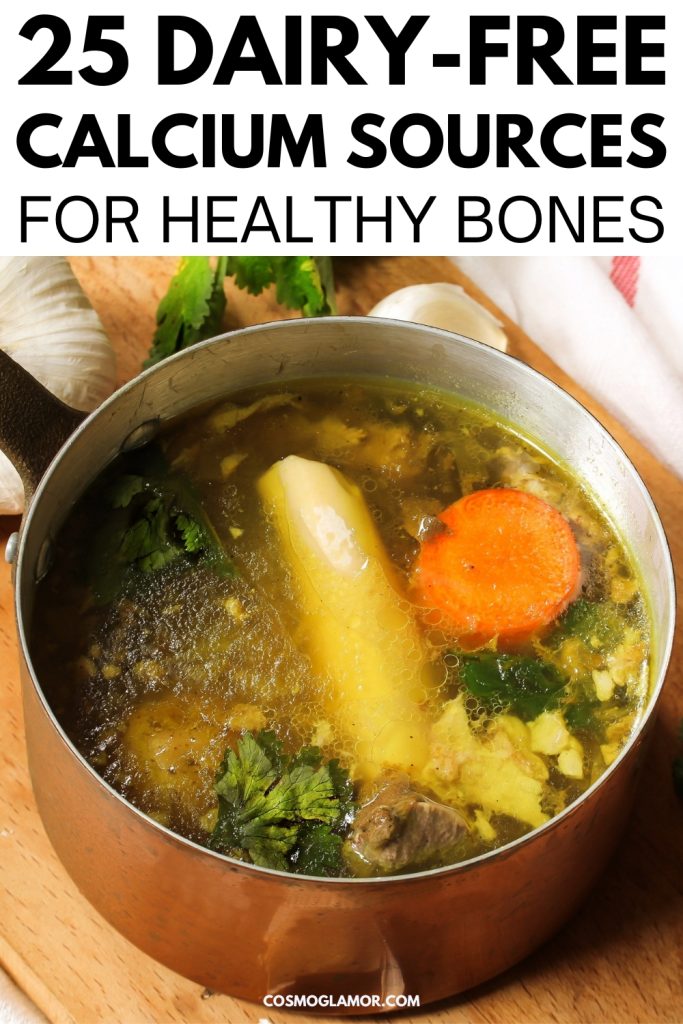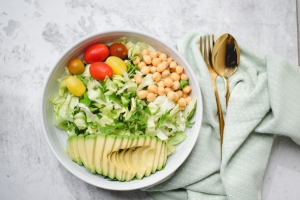Hey there! So, you’re ditching dairy? Maybe it’s a lactose intolerance thing, or perhaps you’re just looking to mix things up in your diet. Whatever the reason, I totally get it. But going dairy-free can leave a lot of us wondering, “Where will I get my calcium?” It’s a valid concern, after all, we’ve always been told that milk is the go-to source for this essential mineral.
Well, guess what? You don’t need to live off of milk to keep your bones strong and healthy. I was surprised, too, when I first learned how many delicious, calcium-packed foods are out there that have absolutely nothing to do with cows!
Stepping Away from the Dairy Aisle: Exploring Your Options and Understanding Your Needs
It’s easy to fall into the trap of thinking that dairy equals calcium, and anything else… well, doesn’t. But trust me, that’s just not the case. Nature is incredibly generous with calcium. It’s hidden in all sorts of leafy greens, nuts, seeds, and even some surprising fruits!
Before we dive into the food list, let’s talk about how much calcium you actually need. The Recommended Dietary Allowance (RDA) for calcium is generally around 1,000 mg per day for most adults. This can vary a bit, though. For example, women over 50 and men over 70 often need a bit more, around 1,200 mg per day. Growing teens need about 1,300 mg per day. It is always best to consult a health professional to know what your specific needs are.
So, let’s dive in, shall we? I’ve rounded up 25 fantastic, calcium-rich foods that can help you thrive on a dairy-free diet, complete with some calcium content information.
The Green Goodness Gang

- Kale: This leafy superstar isn’t just trendy; it’s a serious calcium powerhouse. One cup of cooked kale provides about 180 mg of calcium. Whip up a kale salad, saute it with garlic, or sneak it into your smoothies.
- Collard Greens: Similar to kale, collard greens offer a hearty dose of calcium, with around 270 mg per cup when cooked. Traditionally cooked low and slow, they’re also wonderful in stir-fries.
- Bok Choy: This crunchy, mild-flavored green is a staple in Asian cuisine and a great way to boost your calcium intake. One cup of cooked bok choy contains roughly 160 mg of calcium.
- Spinach: Popeye was onto something! While it is a great calcium source (about 240 mg per cup when cooked) you want to make sure to cook it first. This is because raw spinach contains oxalic acid, which can hinder calcium absorption.
- Mustard Greens: These greens have a distinct peppery kick and offer approximately 150 mg of calcium per cup when cooked. Blanch them to remove some of the bitterness, or toss some into your stir-fries.
Nuts, Seeds, and Legumes: Tiny Powerhouses
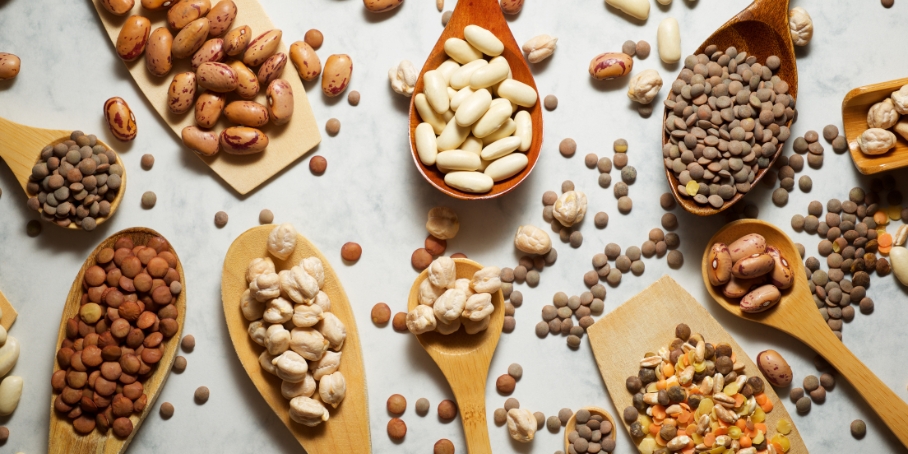
- Almonds: Snack on them, sprinkle them on salads, or blend them into almond butter. These nuts are as versatile as they are calcium-rich, packing about 75 mg of calcium per ounce (about 23 almonds).
- Chia Seeds: These tiny seeds are like little calcium bombs, with around 180 mg of calcium per ounce. You can add them to your yogurt, make a chia seed pudding, or sprinkle them into your water for extra fiber and calcium.
- Sesame Seeds: Tahini, anyone? This paste made from ground sesame seeds is a delicious way to get your calcium fix. One tablespoon of sesame seeds provides about 90 mg of calcium. Plus these little guys are packed with healthy fats!
- White Beans: These creamy beans are perfect for soups, stews, or even dips like hummus. One cup of cooked white beans contains around 160 mg of calcium.
- Black Beans: A staple in many cuisines, black beans are both delicious and nutritious, delivering about 85 mg of calcium per cup when cooked.
- Edamame: These young soybeans are a fun and tasty snack, providing about 100 mg of calcium per cup. Steam them, sprinkle with salt, and enjoy!
- Tofu: Made from soybeans, tofu is an excellent source of calcium, especially if it’s calcium-set. Half a cup of calcium-set tofu can contain over 400 mg of calcium.
- Tempeh: Another soy product, tempeh has a firmer texture and a nuttier flavor than tofu. It contains about 185 mg per cup.
From the Sea: An Ocean of Calcium

- Sardines: Don’t knock ’em till you try ’em! These small fish are packed with calcium, thanks to their edible bones. A 3-ounce serving of sardines can provide over 300 mg of calcium.
- Canned Salmon: Like sardines, canned salmon with bones is a calcium goldmine, offering around 200 mg of calcium per 3-ounce serving.
- Shrimp: Enjoy these in a scampi, stir-fry or on top of a salad. Three ounces of shrimp can contain about 120 mg of calcium.
Fruitful Finds
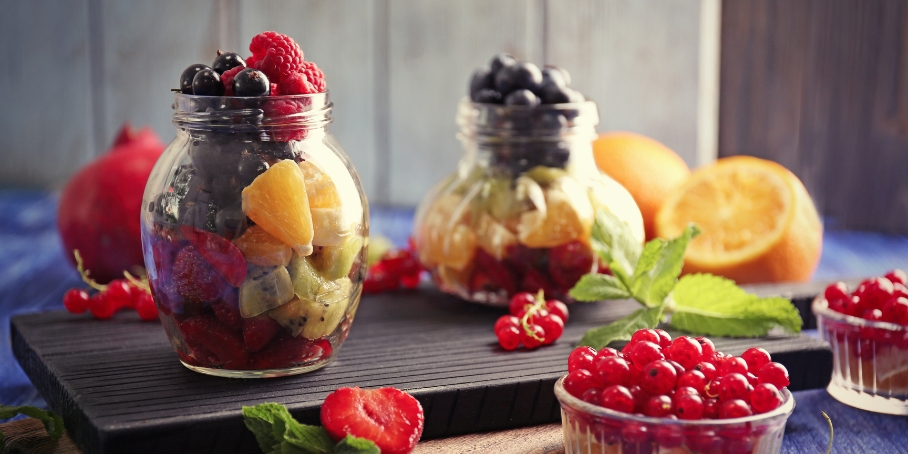
- Oranges: While not as high in calcium as some of the other foods on this list, oranges still contribute to your daily intake, with one medium orange providing about 50-60 mg of calcium. Plus they have loads of Vitamin C!
- Figs: Dried figs, especially, are a surprisingly good source of calcium. Five dried figs can contain around 70 mg of calcium.
- Blackberries: You can have these by themselves or throw them on top of your favorite dairy-free yogurt. Half a cup of blackberries provides about 20 mg of calcium.
- Kiwi: Not only is it high in calcium, this fuzzy fruit is packed with Vitamin C and antioxidants. One large kiwi has about 60 mg of calcium.
Surprise Stars

- Blackstrap Molasses: This thick, dark syrup is a byproduct of sugar refining and is surprisingly rich in calcium, offering around 200 mg per tablespoon. Use it to sweeten your food or to bake!
- Fortified Plant Milks: Many non-dairy milks, like almond, soy, or oat milk, are fortified with calcium, often providing around 300-450 mg per cup—comparable to cow’s milk.
- Fortified Orange Juice: Some brands of orange juice are fortified with extra calcium, usually around 350 mg per cup. Look for options where calcium is listed in the ingredients.
- Amaranth: This ancient grain is a complete protein and a good source of calcium. One cup cooked amaranth has about 120 mg of calcium.
- Teff: Another ancient grain, teff is tiny but mighty when it comes to calcium, with approximately 120 mg per cup when cooked.
Important Notes: Boosting Calcium Absorption
It’s not just about eating calcium; it’s about absorbing it effectively, too! Here are a few tips to maximize your body’s calcium uptake:
- Get Enough Vitamin D: Vitamin D is crucial for calcium absorption. Spend some time in the sun (safely, of course!), or consider a Vitamin D supplement, especially if you live in an area with limited sunshine or during the winter months. Fatty fish, like salmon and tuna are also good sources of Vitamin D.
- Magnesium Matters: Magnesium also plays a role in calcium absorption and bone health. Many of the foods on our list, like leafy greens, nuts, and seeds, are good sources of magnesium.
- Watch Out for Oxalates and Phytates: These compounds, found in some plant foods, can bind to calcium and reduce its absorption. Cooking can help reduce oxalate levels in foods like spinach. For phytates, found in things like grains and beans, soaking or sprouting can help decrease their impact.
- Limit Caffeine and Sodium: Excessive caffeine and sodium intake can increase calcium excretion through urine. Moderation is key.
It’s also a good idea to talk to a doctor or a registered dietitian. They can help create a personalized plan to ensure you get enough nutrients. Everyone’s needs are different, so it’s important to make a plan that is customized to you!
Embrace the Variety and Get Cooking!
See? Going dairy-free doesn’t mean sacrificing calcium. It’s about exploring a whole new world of delicious and nutritious foods! It’s really a chance to get creative in the kitchen and discover new favorites. I know that personally, switching to a dairy-free diet was a huge help for my digestive health. Plus it helped me discover some new favorite foods I never would have tried before. Don’t be afraid to experiment and find what works best for you.
